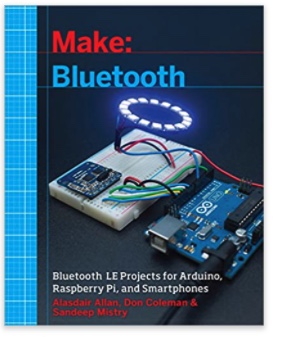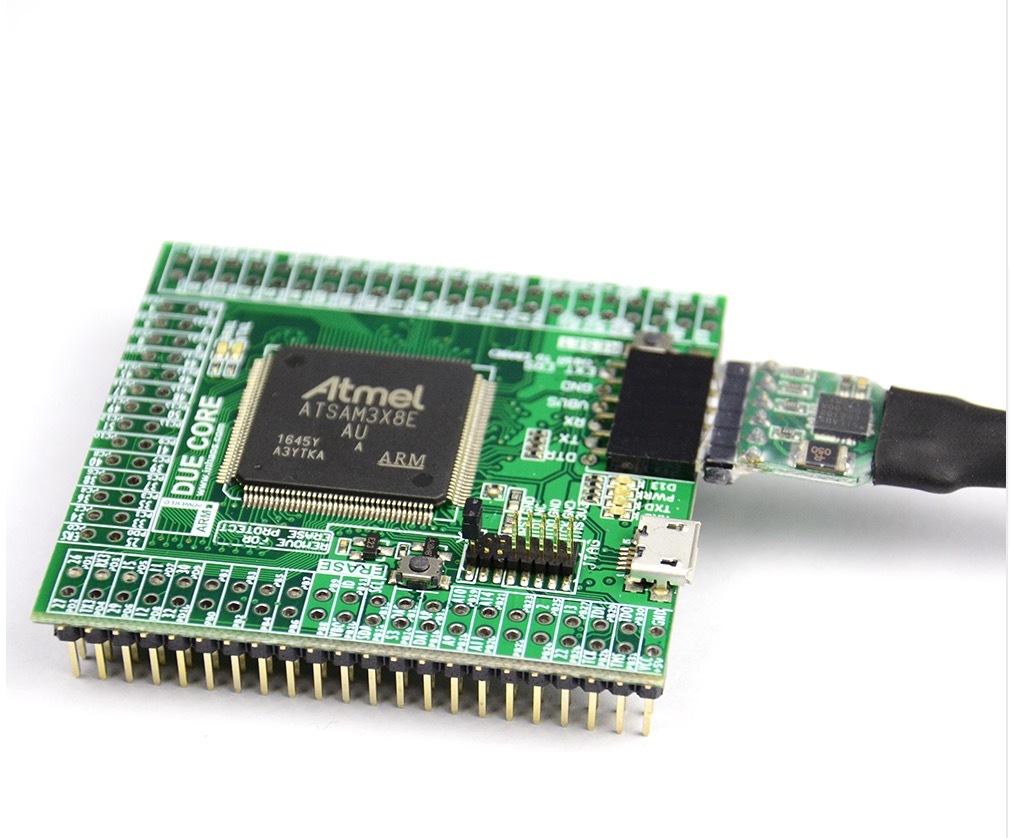Recent Posts
Bluetooth Low Energy (BLE) Projects with Arduino, Raspberry Pi, and Smartphones
Posted by on
Bluetooth Low Energy (Bluetooth LE, colloquially BLE, previously marketed as Bluetooth Smart) is a wireless personal area network technology designed and marketed by the Bluetooth Special Interest Group (Bluetooth SIG) and intended for innovative applications in the healthcare, fitness, beacons, security, and home entertainment applications. Compared to Classic Bluetooth, Bluetooth Low Energy was designed to render considerably reduced power consumption and cost while keeping a comparable communication range.
Mobile operating systems including iOS, Android, Windows Phone and BlackBerry, as well as macOS, Linux, Windows 8 and Windows 10, natively support Bluetooth Low Energy. The Bluetooth SIG predicts that by the end of 2018 more than 90% of Bluetooth-enabled smartphones support Bluetooth Low Energy.
This book is where your adventures with Bluetooth LE start. You begin your journey by becoming familiar with your hardware options: Arduino, BLE modules, computers including Raspberry Pi, and mobile phones.
From there, you write code and wire circuits to connect off-the-shelf sensors, and even go all the way to writing your own Bluetooth Services.
Along the way, you interact with light bulbs, locks, and Apple's iBeacon technology, as well as getting an understanding of Bluetooth security, both how to beat other people's security, and how to make your hardware secure.
Due Core - Arduino Compatible SAM3X8E 32bit ARM Cortex M3 Module
The Due Core is a microcontroller board based on the Arduino Due, featuring the Atmel SAM3X8E ARM Cortex-M3 CPU.
The Due Core is a compact version of the Arduino DUE. It integrates all peripherals required for the MCU, and all GPIO are connected to 2.54mm connectors. As a standard MCU core, the board has the following features:
- Compact size: All components are put on a 54 x 58mm 4-Layers PCB. All IOs are connected to a 116-pin 2.54 standard connector.
- Easy to use: All IOs are connected to 116pin 2.54 standard connector. It requires only a 5 VDC power supply to make it work.
- Stable design: High-quality 4-layer PCB layout, two 5V to 3.3V LDO onboard, one for digital and one for analog processing. Separate AVCC and AGND, to ensure optimum analog performance.
- Easy to set up the development environment: Uploading sketches through standard 6-pin UART interface, standard Micro usb connector, full use of existing resources.
- User-friendly design: Rich LED status indication, two onboard buttons, one is for MCU reset, and one is for Flash Erase. Unique jumper erase protection against the flash erased by mistake.
- Rich resources: All IOs are available for the user. The onboard I2C EEPROM is designed to compensate for the shortcomings of the standard SAM3X8E, which has no built-in EEPROM.
 Loading... Please wait...
Loading... Please wait...


